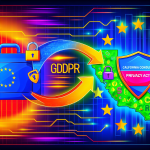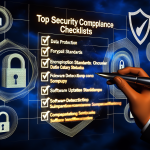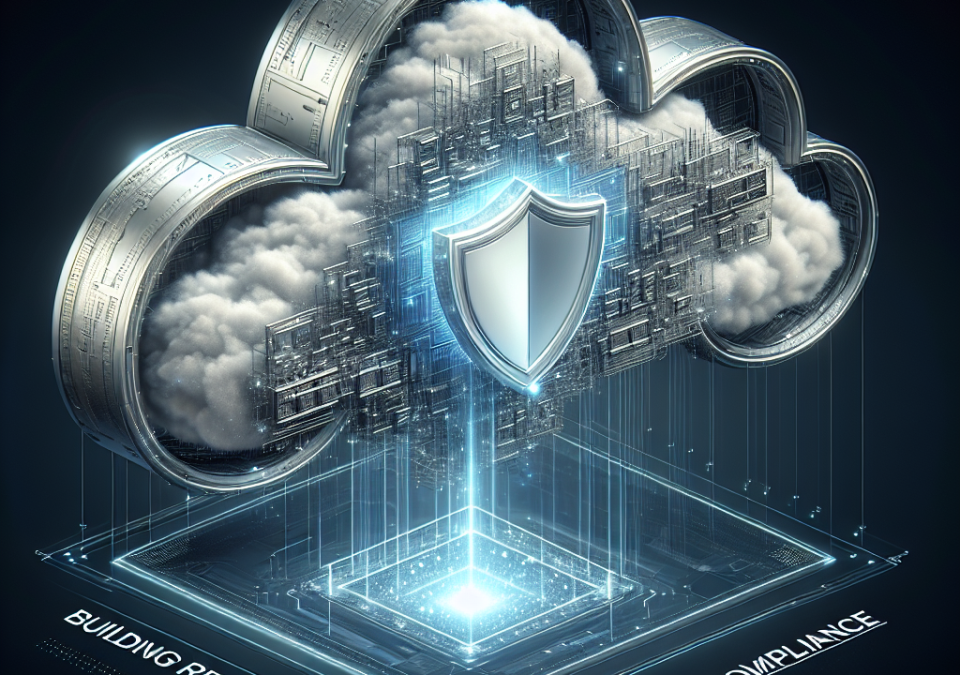
From GDPR to CCPA: Decoding Major Security Compliance Regulations
July 5, 2025
Top Security Compliance Checklists: What Every Business Should Know
July 6, 2025
In an era where digital transformation is ubiquitous, organizations increasingly rely on cloud technology to streamline operations, enhance collaboration, and drive innovation. However, with this integration comes a growing array of security challenges. Compliance with regulatory standards and frameworks is undoubtedly important, but merely adhering to these requirements is no longer sufficient to safeguard sensitive data and systems. Organizations must prioritize resilience in their cloud security frameworks to thrive amid evolving threats.
The Limitations of Compliance-Driven Approaches
Compliance frameworks such as GDPR, HIPAA, and ISO 27001 serve as essential benchmarks for organizations to establish foundational security measures. While these regulations mandate adherence to best practices, they often focus on minimum requirements, which can lead enterprises to adopt a checkbox mentality. This mindset can create a false sense of security, leaving organizations vulnerable to sophisticated cyber threats that fall beyond the stipulated criteria.
Moreover, compliance standards may not keep pace with rapidly evolving technological environments or emerging threats. Focusing solely on compliance can stifle innovation, hampering organizations’ ability to adapt and respond to new challenges effectively.
The Case for Resilience
Resilience in cloud security refers to an organization’s ability to not only withstand and recover from adverse conditions but to adapt and grow in response to them. This proactive approach emphasizes the importance of continuous improvement and threat intelligence, thus moving beyond a static compliance mindset to one of dynamic and resilient security postures.
Key Principles of Building Resilience
-
Adaptive Security Strategy: Organizations must adopt a security strategy that evolves with their threat landscape. This includes regular assessments of risks, vulnerabilities, and potential impacts, allowing businesses to adapt their security measures accordingly.
-
Proactive Threat Intelligence: Leveraging real-time threat intelligence tools can enhance an organization’s ability to anticipate and respond to potential breaches. Incorporating machine learning and AI-driven analytics can help predict and mitigate threats before they manifest.
-
Zero Trust Architecture: A Zero Trust model operates on the principle of "never trust, always verify." This framework requires continuous authentication and authorization for every user, device, and service, thereby minimizing the risk of unauthorized access.
-
Incident Response and Recovery Plans: Building a robust incident response plan ensures that organizations can react swiftly to breaches, minimizing damage and facilitating rapid recovery. Regular simulations and tabletop exercises can help teams prepare for and refine their response strategies.
-
Employee Training and Awareness: Humans are often the weakest link in cybersecurity. Investment in regular training programs can cultivate a culture of security awareness, empowering employees to recognize threats and act proactively.
- Third-Party Risk Management: As more organizations utilize cloud services from third-party vendors, it’s essential to assess these partnerships rigorously. Implementing standards for vendor security and continuously monitoring compliance can mitigate risks posed by external parties.
The Role of Automation and Continuous Monitoring
Automation can play a vital role in enhancing resilience. Automated systems can continuously monitor cloud environments, detect anomalies, and even respond to incidents without human intervention. This not only reduces the workload on IT teams but also accelerates response times to potential threats.
Continuous monitoring allows organizations to maintain visibility into their security posture, enabling them to identify weaknesses and anomalies that could indicate a breach in real time. The integration of advanced tools like Security Information and Event Management (SIEM) systems and Endpoint Detection and Response (EDR) can significantly bolster this capability.
Conclusion
As organizations navigate the complexities of cloud security, the focus must shift from compliance to resilience. Building resilient cloud security frameworks not only enhances an organization’s ability to respond to current threats but also prepares them for future challenges. By adopting adaptive strategies, leveraging advanced technologies, and fostering a culture of security awareness, businesses can transcend the limitations of compliance and thrive in the digital age.
In the fast-paced and dynamic world of cybersecurity, resilience isn’t just an asset; it’s a necessity. Organizations that embrace this mindset will not only protect their digital assets but also ensure long-term sustainability and success in an ever-evolving landscape.







